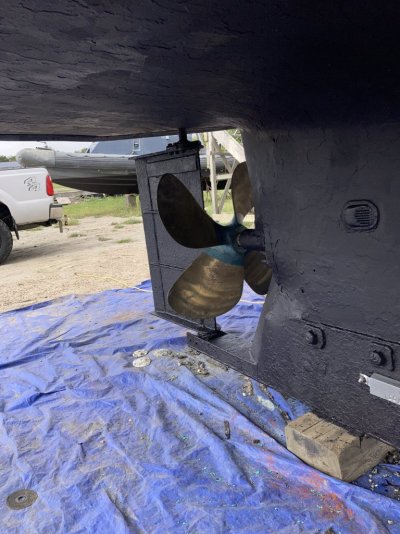Caballero II
Senior Member
- Joined
- Mar 12, 2017
- Messages
- 389
- Location
- USA
- Vessel Name
- Caballero II
- Vessel Make
- Grand Banks Classic 36
I have a single screw GB 36, with a Lehman 120 hp. I'm happy with it and do the best I can with the tools at hand, which are what I can do with propeller "walk" and "back and fill" when maneuvering in tight spaces. But, is there a well accepted rudder modification which allows more rudder authority at low speeds while docking, and/or allowing some reverse control? It doesn't matter where I put the rudder in reverse, the boat backs to starboard. "Back and fill" is about all I've got to pivot the boat. I'm looking for a tried and true rudder modification that would improve low speed maneuvering.



